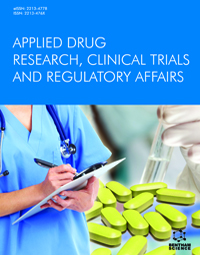Abstract
Niosomes, which are well recognized for their non-ionic surfactant
characteristics, are considered to be innovative drug delivery methods since they
improve the solubility and stability of medicinal compounds when administered orally.
It has been shown that niosome vesicles are closed bilayer structures that may exist in
aqueous fluids and are produced by the self-assembly of different types of hydrated
non-ionic surfactants and amphiphile monomers in aqueous media. Because the
monomers maintain a wide range of kinetic activity inside the assembly, they are
referred to as liquid crystal structures in terms of thermodynamics. It is just the total of
different processes for the dispersion of monomers and solvents that results in the
formation of the final systems. Niosomes are made up mostly of lipid molecules and
nonionic surfactants, which are the two most important components in the process of
making them. Nonetheless, as the name suggests, component surfactants play a key
role in the creation of niosomes, owing to the fact that non-ionic surfactants were often
employed to organize niosomes during their formation. They are especially well-suited
for drug delivery because they have the ability to encapsulate medicines that are both
lipophilic and hydrophilic in nature. These materials are appealing for a number of
drug delivery goals, including drug targeting, controlled release, and permeability
enhancement, because of their chemical stability, cheap production costs, and
composed of biodegradable and non-immunogenic components. Niosomal vesicular
carriers can also help to minimize problems such as physical and chemical instability.
This book chapter contains a brief knowledge about structural components and
integrity concerning the advanced method of noisome preparation. The characterization
techniques essential for noisome have also been discussed in detail. The recent
examples for different applications are also included for therapy /diagnostic purposes
based on the route of administration and disease state.






















